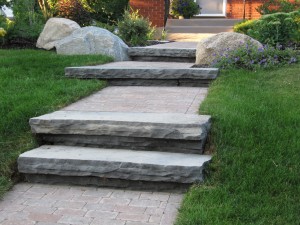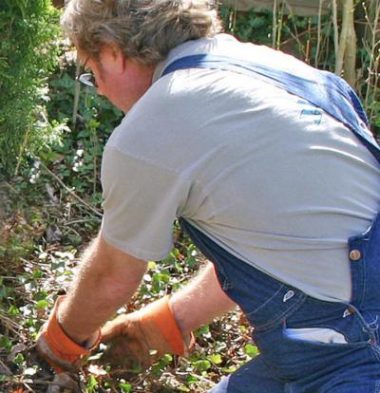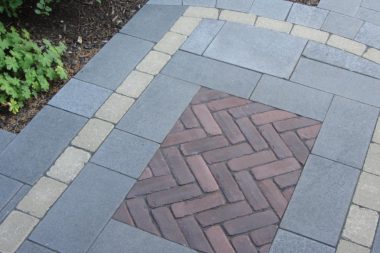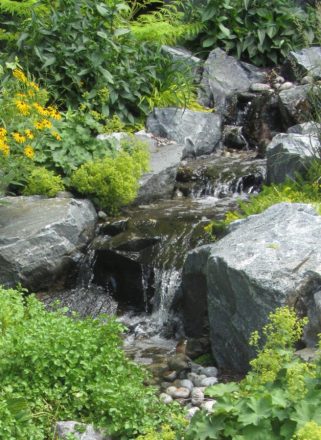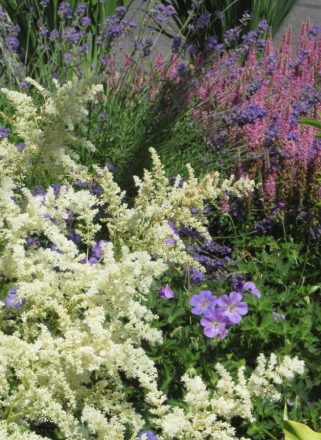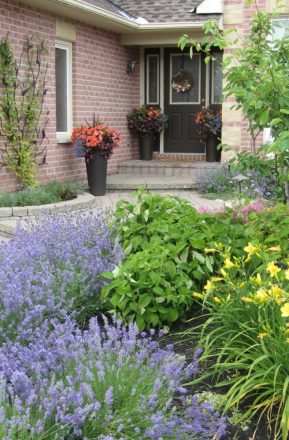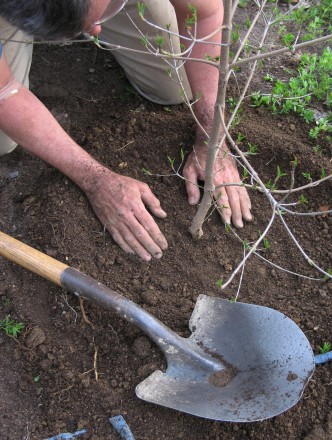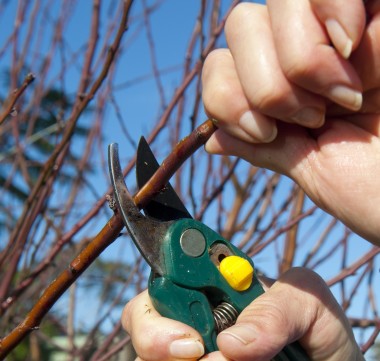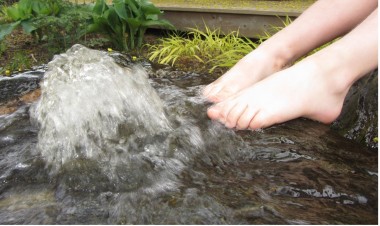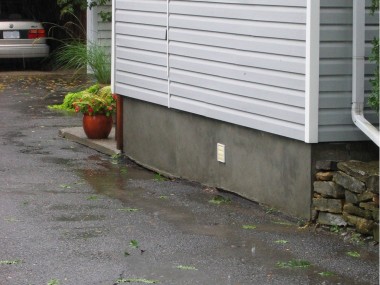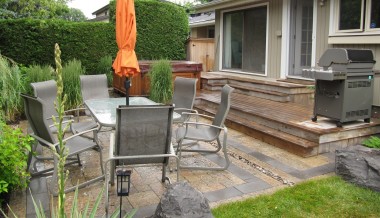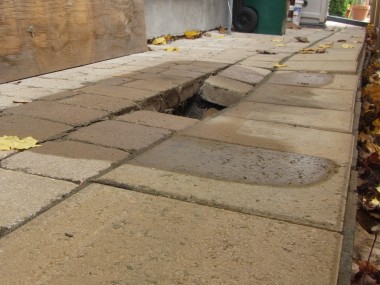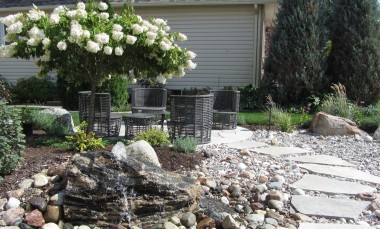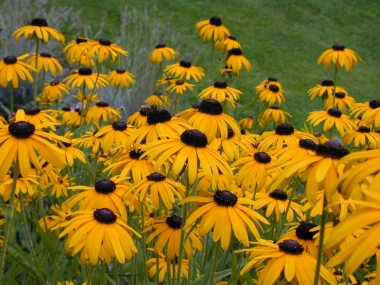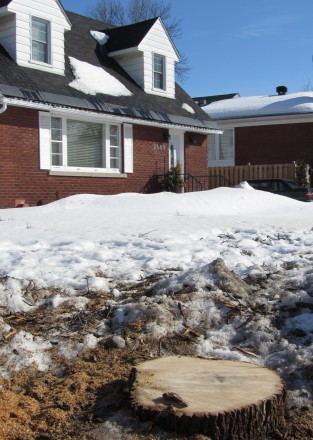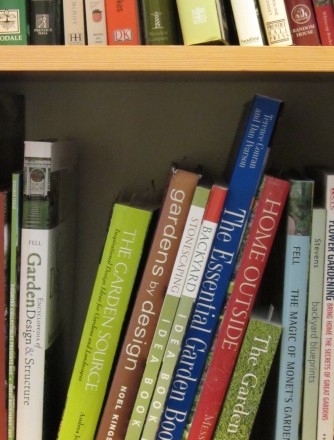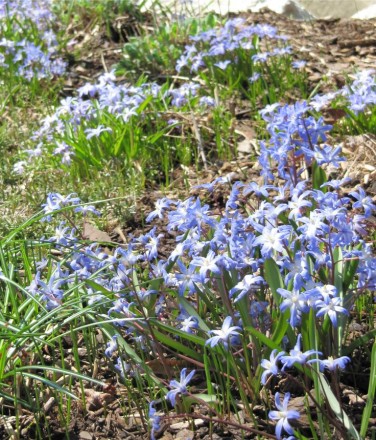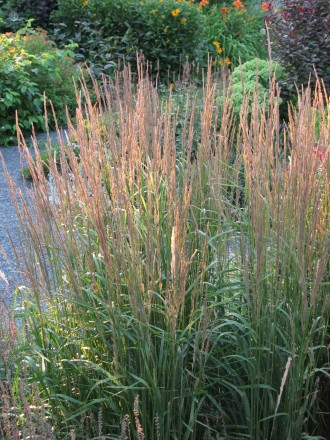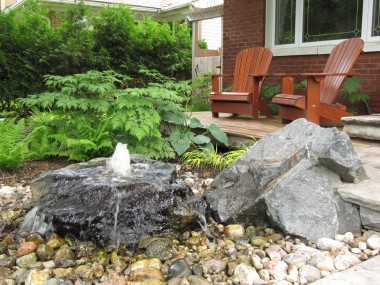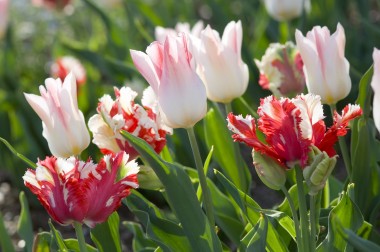By Jay Ladell
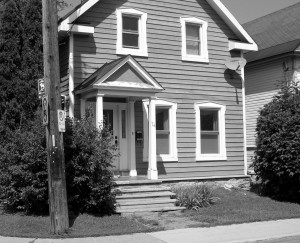 As homeowners, many of us look for landscape ideas by flipping through gardening magazines. Every once in a while, we have an emotional response and wish we could replicate what we see on the page in our backyards. A closer look reveals the concept doesn’t translate quite that easily. Maybe the scale is too large for the lot or the style doesn’t suit the house. Perhaps the plants would not survive our freezing winters.
As homeowners, many of us look for landscape ideas by flipping through gardening magazines. Every once in a while, we have an emotional response and wish we could replicate what we see on the page in our backyards. A closer look reveals the concept doesn’t translate quite that easily. Maybe the scale is too large for the lot or the style doesn’t suit the house. Perhaps the plants would not survive our freezing winters.
The best way to avoid using elements that are not suitable is to create a landscape design that has a sense of place. In landscape terminology, that means a design that reflects your personality, complements the age of your house, blends into the community and uses plants suited to the local climate.
For an example of a sense of place, look at the before and after photos of this New Edinburgh home. In the first photo, the house looks old, barren and forlorn. With landscaping added in the second photo, this heritage home now brims with character. The design creates a sense of place by focusing on three sections: a dignified entrance, a garden bursting with life, and a transitional stone pathway.
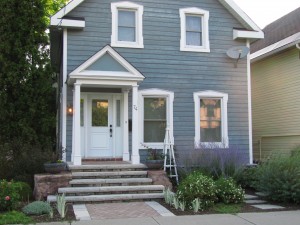 These elements work together to evoke the 1890s era when this home was built. The English style garden filled with roses and herbs blends with the limestone steps and herringbone pattern of the walkway are nods to the heritage of the neighborhood. The two stone boulders anchor the sides of the entrance. The pair of ceramic planters add height and prominence. The client’s personal preferences pop-up in the purple flowers which stand out next to the house’s neutral gray exterior.
These elements work together to evoke the 1890s era when this home was built. The English style garden filled with roses and herbs blends with the limestone steps and herringbone pattern of the walkway are nods to the heritage of the neighborhood. The two stone boulders anchor the sides of the entrance. The pair of ceramic planters add height and prominence. The client’s personal preferences pop-up in the purple flowers which stand out next to the house’s neutral gray exterior.
Start with Your Wish List
When creating a sense of place, start with your personal choices that reflect your personality. Expressing your ideas and preferences in words acts as a springboard for your landscape designer. Think about the way you want to spend your summer days. Do you want to recreate the playful imaginative space you enjoyed as a child? Alternatively, are you looking for a sunny vegetable patch separated from a shaded, outdoor living space? Whatever your wish, the designer interprets what you want and suggests native or hardy plants for your property that you may not even know exist.
Art in the garden is an easy way to make your space uniquely yours. For example, mirrors, glass, terra-cotta pots, carpentry and iron work can reflect the natural elements found in old Ottawa neighborhoods; sculptural elements can echo themes from the area such as copper, limestone, local architecture and moving water.
Connecting Your Personal Design Choices with the Community
The next step in creating a sense of place is to link your design to your house. Find out when your house was built and look into archived photos of houses built in this era for inspiration.
Old Ottawa South is a prime example. Houses started sprouting up in what was rural farmland in the 1870s. The stately homes on Echo Drive reflected the high status of the owner at a time when there were dirt roads in Old Ottawa South and the Bank Street Bridge was not yet built. Twenty years later, subdivision-style homes started appearing around Sunnyside, Grove, Riverdale and Cameron. Their signature front verandahs make perfect hosts for front courtyards, as mentioned in the June column.
The Rideau Gardens homes were built on Old Ottawa South’s last remaining farmland in the 1950s. The larger lots allowed homes to be set further back from the street, adding an air of elegance.
The recent infill homes are clad with metal or limestone exteriors. Placing a metal sculpture in the front courtyard allows a homeowner to express personal taste and blend landscape design with the house.
To make your landscape dovetail with your community, use the natural elements indigenous to this region. To help you decide which ones to select, think of what first drew you to the area. Was it the tree-lined streets? The nearby parks and shops? Or perhaps it was the water? Incorporate elements that you love most onto your property.
A caveat for those who want a water feature: make sure that what you choose fits your property’s scale and isn’t just plopped in the midst of a manicured lawn. Set a water feature in the right place with the right plants and some boulders to create the illusion that it has existed for a long time. Boulders can also be placed strategically along a path, forcing a path to change direction, as if the stone has always been there and workers had to work around such a timeless and ‘immovable’ object.
Old Ottawa South is built on sedimentary rock formed over millions of years from earth’s pressure. The foundations of the community’s early homes are built with indigenous limestone, and some newer homes feature white limestone exteriors. White sandstone covers Southminster Church, built in 1931. In this era of Global trade, many varieties of stone are available, but using stone works to give local flavor to a place, and is a nod to a neighborhood’s heritage.
Plants Suited for Growing Under a Canopy
Gardens and trees provide shade, cool our homes, benefit our personal health and improve our environment. When you add these green elements, you safeguard your property against being consumed by too much concrete and pavement. Many Ottawa communities have a type of land called Near Forest. Forest once covered the Ottawa area. As recently as the 1930s, forest stretched along the shores of the Rideau River, where kids played and gypsies and vagrants sometimes camped.
For shady areas, choose from among native ferns and shrubs that grow well under a canopy, such as Ladyfern, Maidenhair fern, and the Nannyberry, Serviceberry and Chokeberry shrubs. Select plants that do not spread, like Black Snakeroot. For heavily shades area under a tree, where nothing else will grow, try the Barren Strawberry ground cover. For sunny areas, Switch Grass and Echinacea are great choices.
A landscape with a sense of place creates bonds between people and fosters a sense of belonging. When I see my clients’ eyes light up as they see their completed garden for the first time, I know that we’ve succeeded in creating a great sense of place.
Article originally published in the O.S.C.A.R. newspaper

